Melaka's Peranakan chefs spill secrets on what keeps tourists coming
Two chefs running thriving restaurants in Melaka’s city centre reveal how they modernise Peranakan recipes to cater to tourists while maintaining the authentic flavours.
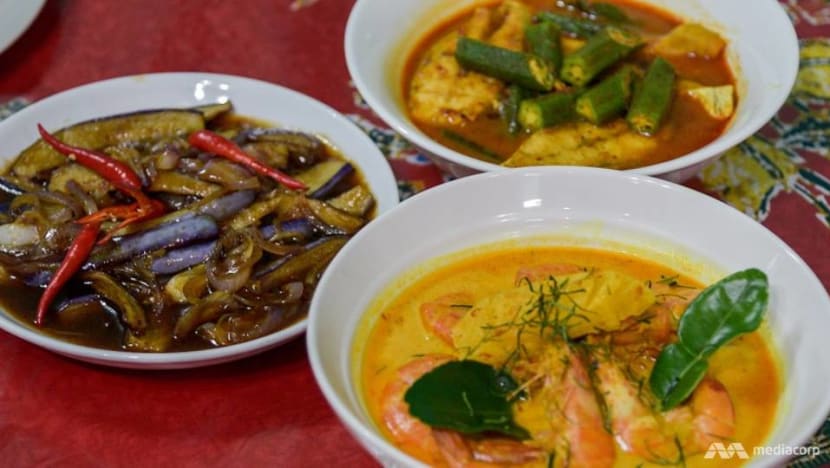
Peranakan dishes udang lemak nenas, terung tempra and asam fish served at Kochi Kitchen. (Photo: Fadza Ishak)
MELAKA: Soaked in creamy coconut milk and topped with green glutinous rice and red beans, the iced dessert had the distinct caramel notes of gula Melaka, a palm sugar originating from the state its been named after.
The dessert, chendol, is the icing on the cake after a hearty meal at Nancy's Kitchen, one of Melaka’s most popular Peranakan restaurants.
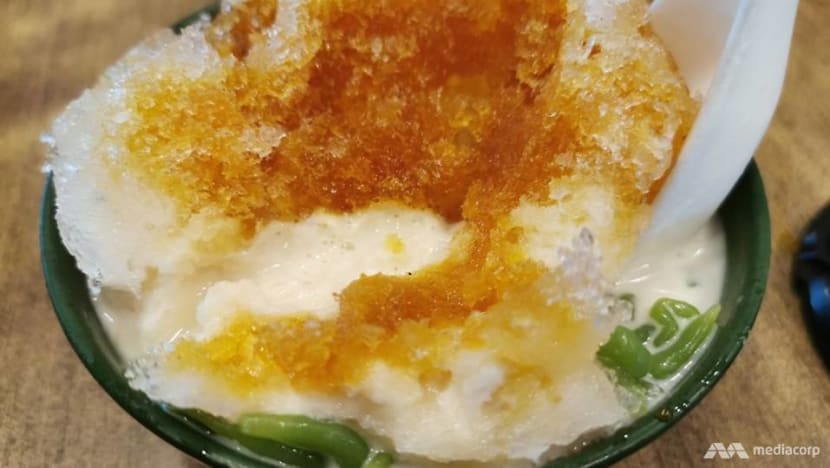
“Very gao”, a Singaporean visitor told me while slurping his chendol. He was using the Hokkien term for thick.
"Nothing like what's back home," added the middle-aged male who declined to be named.
The restaurant founder, Ms Nancy Mok, has served countless bowls of chendol since her restaurant opened 20 years ago.
And what makes the dish stand out at Nancy's Kitchen is its rich and creamy texture.
"We boil the rice jelly to make it warm, use authentic gula Melaka and concentrated coconut milk. Visitors love the texture," said Ms Mok.
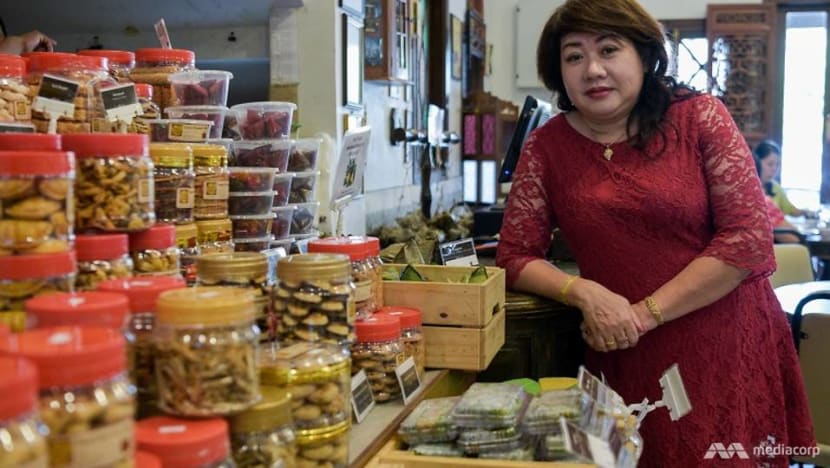
The outlet is located at a two-storey shop house just a short drive from Melaka’s historic centre.
Popular main dishes include geram asam fish and pork stewed with earthy, smoky keluak nuts (babi pongteh with buah keluak). The restaurant is also widely known for homemade snacks like buttery pineapple tarts and bright green ondeh ondeh that ooze melted gula Melaka.
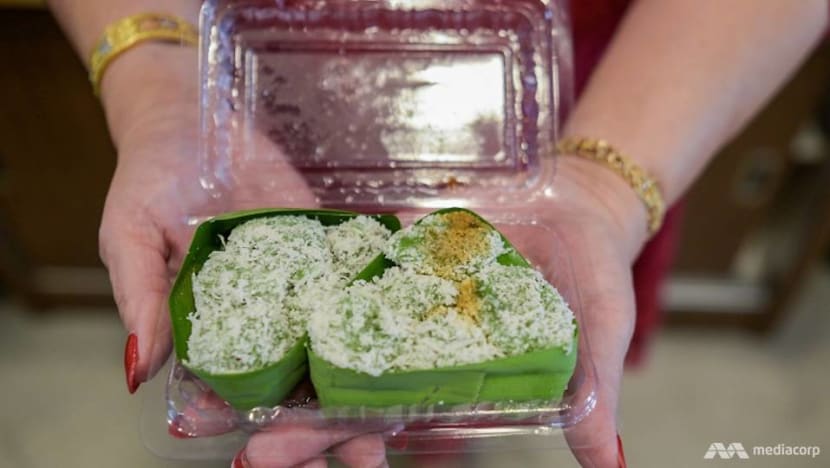
According to Ms Mok, the restaurant serves 300 to 500 people daily, of whom around 60 per cent are tourists from neighbouring Singapore.
“They (Singaporeans) usually drive by Melaka on the way back from Genting Highlands or Kuala Lumpur, so they will stop by the restaurant for a meal,” she said.
"(The taste of) Peranakan food in Melaka is more 'gao' than Peranakan food in Singapore, that's why they keep coming," she added.
Another Peranakan restaurant popular among foreign visitors is Kochi Kitchen. The establishment is located within walking distance of the famous Jonker Street, in a cosy majestic 200-year-old Peranakan shophouse replete with antiques and old family photos.
It has a wide-selection of food that appeals to foreigners, including vegetarian options and halal meat.
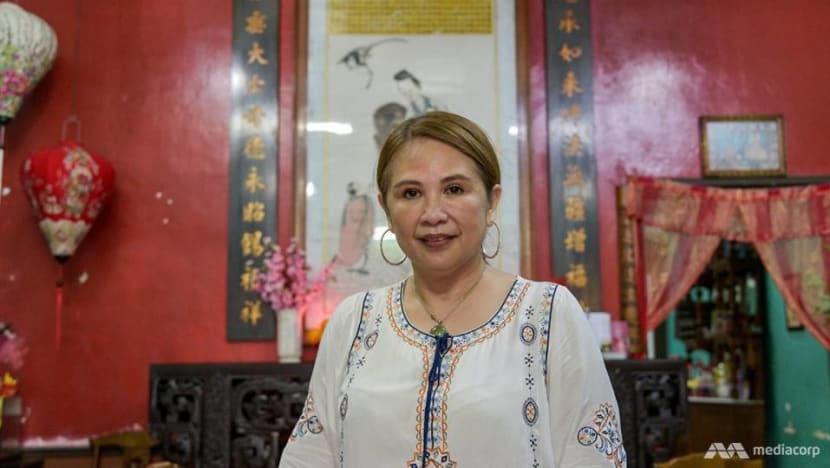
The key to winning the hearts of visitors is to be adaptable, said Kochi’s co-founder and chef in charge of daily operations, Ms Suzy Goh.
TWEAKING RECIPES FOR THE FOREIGN PALATE
Although it could be regarded as less authentic, Ms Goh revealed how she would, for example, remove the prawn shells from her udang lemak nenas, as it would make the dish more appealing to Western visitors.
“When we peel the shells, they will find it more appetising and finish the dish. They even slurp the gravy until there’s nothing left,” said Ms Goh.

Both she and Ms Mok have also introduced vegetarian options in their menu, although traditional Peranakan cuisine is typically meat-based.
Ms Goh estimates that 20 per cent of visitors to Kochi Kitchen are vegetarians, and she would point them to options such as mock asam fish and crispy rolls.
“Vegetarian options are increasingly popular. I will point them to the vegetarian section of our menu and there are lots of choices to pick from,” she said.
She added: “We have the Mat Sallehs (Caucasians), South Koreans, and even the Tibetan monks come to try our food. The vegetarian options don’t taste 100 per cent like the original meat-based dishes, but those who have tried have only good things to say."
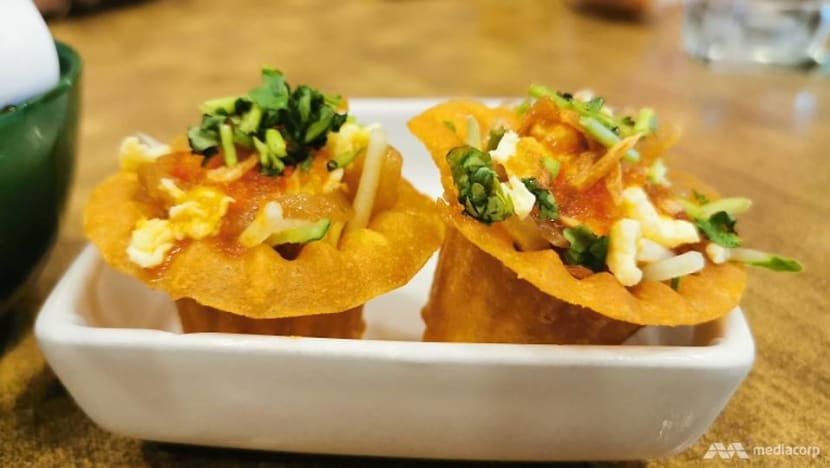
One of her most popular vegetarian dishes is kueh pie tee, pastry tart shell filled with a spicy, sweet blend of Chinese turnip, cucumber, egg and a dash of sambal.
The crispy shell combined with the yummy filling is already tasty, but the chilli gives it a spicy flavour.
FRESH INGREDIENTS FOR TASTE
Despite efforts to cater to visitors' taste buds, an insistence on fresh ingredients is still the most important factor, said Ms Mok.
She uses a special shallot supplier and prefers fresh chilli over powdered chilli for her dishes.
Ms Mok also revealed how Nancy’s Kitchen has its own factory that manufactures its own spice paste. Only selected workers are allowed to operate the equipment to maintain the secrecy of the recipes.
“We have only one restaurant, but we have a factory to manufacture the paste and rempah ratus (spices) we use. We also sell the paste in packets. Customers buy them to bring back to cook at home,” she said.
Similarly, Ms Goh explained how she imports fresh buah keluak from Indonesia for her ayam buah keluak dish, and fresh turmeric, basil, kaffir lime leaves and spices for her lemak nenas and asam fish to give the dishes strong colour and taste.
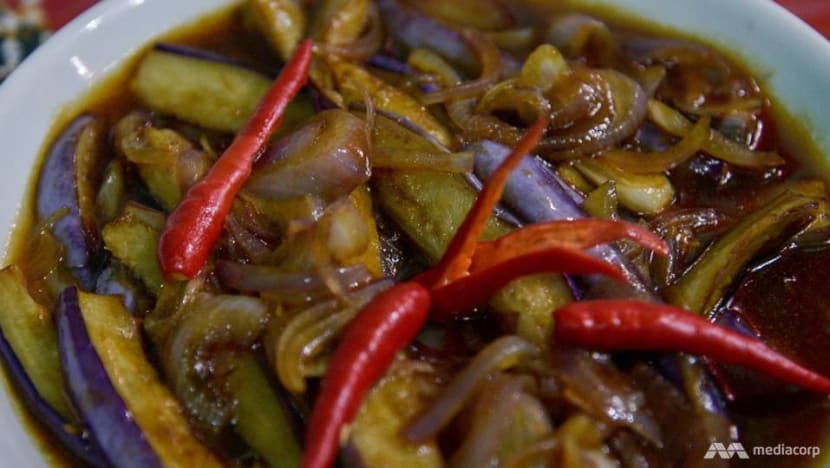
“So somehow or rather the gravy (for these dishes) will finish. We control the spiciness and the thickness, so people will slurp up the gravy too. The spices play an important part of course,” she said.
FROM AGAK-AGAK TO PERFECT
Both chefs also stressed the importance of staying true to their Peranakan roots while formulating dishes that are marketable.
They were trained by their mothers and grandmothers in the kitchen in their youth, where agak-agak, the nonya term for estimation of ingredients used, was an important part of cooking.
When they decided to open restaurants, they had to refine the recipes and find the right balance of ingredients.
“In traditional Peranakan families, the nyonyas always do the cooking,” said Ms Goh. “I was drilled (on how to cook) as a young girl. The minute I entered the kitchen, it would be non-stop drilling until food was prepared. But it shaped me to become the chef I am today,” she recounted.
Ms Mok recalled how, from 1999, she worked hard to perfect her great grandmother’s recipe.
“I put things together, made things consistent. It started off with just me and my parents, but now I have 36 workers, all trained by me. They each have their own task — some cook main dishes, some stir-fry ingredients. But I make sure the quality is the same, the taste is the same,” she said.
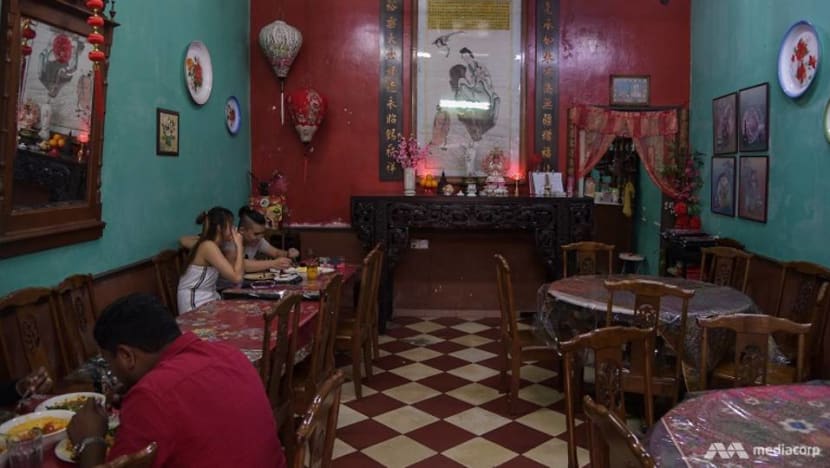
She does it for her customers, many of whom are attached to her cooking as it reminds them of dishes cooked by their parents or grandparents.
“Some of the Melaka Peranakan recipes have been lost over the generations. My dishes would remind them of the home-comfort food they crave,” she added.















